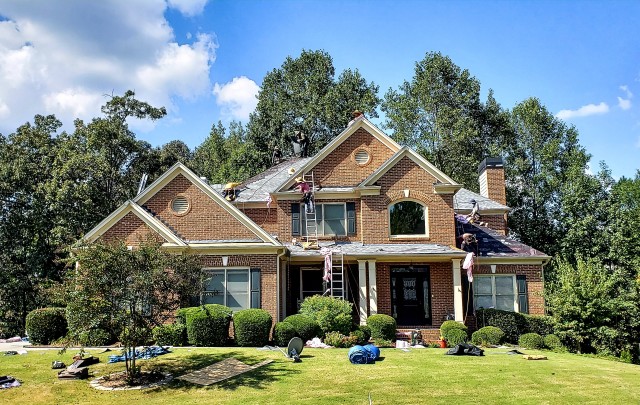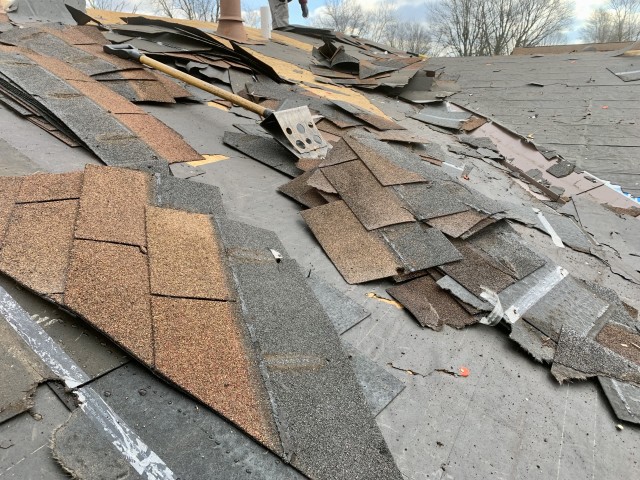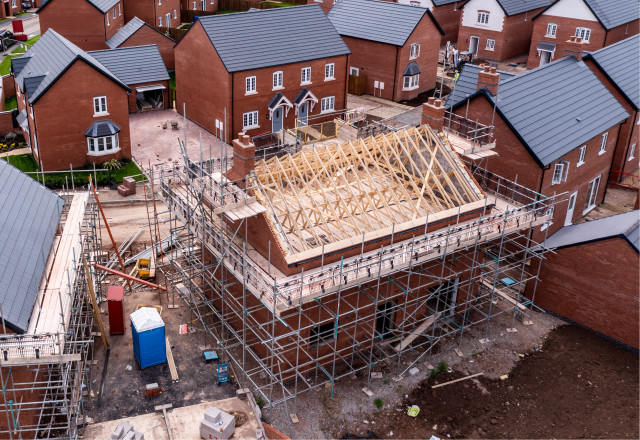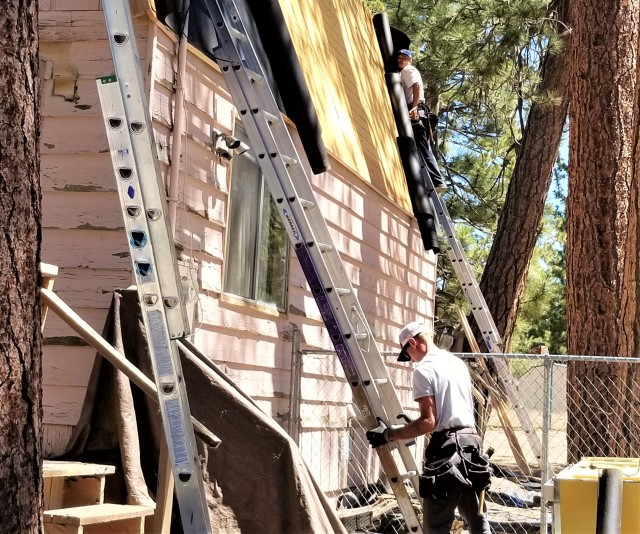When it comes to roof repairs, one of the most important decisions you can make is choosing a ridge vent for your home. Ridge vents are an essential part of any well-functioning roofing system and provide superior ventilation that helps keep your home safe and comfortable. In this blog, we’ll take a look at why ridge vents are so important and how to choose the right one for your needs. We’ll also discuss some common issues with ridge vents and how they can be prevented or addressed quickly. So read on to learn more about why you should consider installing a ridge vent in your home!
Ridge vents are designed to provide improved airflow and ventilation in your home. They work by allowing hot air from the attic to escape through a series of openings along the ridge line of the roof. This reduces the amount of heat that builds up in your home, which can cause significant problems down the road. By preventing excess heat buildup, ridge vents can help your home stay cooler in the summer and prevent mold from growing.
When it comes to choosing a ridge vent, there are several factors you’ll need to consider. These include the size of the opening, ventilation rate, material type, and cost. You’ll want to ensure that the vent you choose is large enough for adequate airflow and that it meets your ventilation needs. Additionally, you’ll need to decide what type of material the vent should be made of. Usually, metal is the most reliable option as it won’t corrode due to weather exposure. Finally, you’ll need to consider cost when choosing a ridge vent. Remember that higher-quality vents will last longer and provide better overall protection for your home.
Unfortunately, there are some common issues associated with ridge vents that can cause problems down the road. These include inadequate ventilation, leaky roofs, and improper installation. To prevent these issues from occurring, make sure that you choose the right size vent for your home and that it is installed correctly according to manufacturer instructions.
Table of Contents
ToggleRoof Repair
When it comes to roof repair, the first step is to identify the cause of the issue. Common causes of roof damage include poor installation, wear and tear over time, and extreme weather conditions. It’s important to accurately diagnose the problem before taking any action so that you can determine the best course of repair or replacement.
It’s also important to have a qualified roofer inspect the roof before any work is done. This will help to ensure that any potential problems are identified and can be addressed quickly. Depending on the severity of the issue, there are several different repair or replacement options you may need to consider. For instance, if the issue is simply caused by wear and tear over time, a simple patch job may be all that’s needed. However, if the roof is severely damaged or leaking, then more extensive repairs or even replacement may be necessary.
No matter what type of repair is required, it’s essential to take care of any issues promptly as this can help prevent further damage and expensive repairs down the road.
Roof replacement
When it comes to roof replacement, there are several important factors that you’ll need to consider. Firstly, you’ll need to determine the type of material that is best suited for your home and climate. Common roofing materials include asphalt shingles, clay tiles, metal sheets, and rubberized membranes. Depending on where you live, some materials may be more suitable than others.
You’ll also need to carefully calculate the size and pitch of the roof you want in order to ensure that it is correctly installed. Additionally, you’ll need to consider the cost of materials and labor when budgeting for your roof replacement project. It’s important to factor in all costs so that you have a realistic expectation of the total cost of the project.
Finally, it’s important to have a qualified professional install your new roof to ensure that it is done correctly and will last for years to come. Taking these considerations into account can help you make an informed decision about your roof replacement project.
Leaking roof
When it comes to a leaking roof, the most important thing to do is identify the source of the problem. Common sources of leaks include poor installation, improper flashing around vents and chimneys, worn-out shingles, and damaged gutters. In order to properly diagnose the issue, it’s best to have a qualified roofer inspect the roof thoroughly.
Once the source of the leak is determined, there are several steps you can take to repair it. Depending on the severity of the issue, this may include patching or replacing damaged shingles and/or flashing, sealing around vents and chimneys, and cleaning out clogged gutters. In some cases, more extensive repairs or even full roof replacement may be necessary.
Having a leaking roof can cause significant damage to your home if not addressed promptly, so it’s important to take action as soon as possible to prevent further damage. It’s best to have a qualified professional assess the issue and provide you with the most appropriate solution for your particular situation.
New roof
When it comes to installing a new roof, there are several important factors to consider. Firstly, you’ll need to determine the type of material that is best suited for your home and climate. Common roofing materials include asphalt shingles, clay tiles, metal sheets, and rubberized membranes.
Depending on where you live, some materials may be more suitable than others.
You’ll also need to carefully calculate the size and pitch of the roof you want in order to ensure that it is correctly installed. Additionally, you’ll need to consider the cost of materials and labor when budgeting for your new roof project. It’s important to factor in all costs so that you have a realistic expectation of the total cost of the project.
Finally, it’s important to have a qualified professional install your new roof to ensure that it is done correctly and will last for years to come. Taking these considerations into account can help you make an informed decision about your new roof project.
Roof Inspection
When it comes to inspecting a roof, the most important thing to do is to identify any potential issues. Having a qualified professional inspect your roof can help you detect any damage or deterioration that could lead to more serious problems in the future. During an inspection, the roofer will look for signs of wear and tear, damage from the elements, and any other factors that could lead to leaks or structural instability.




